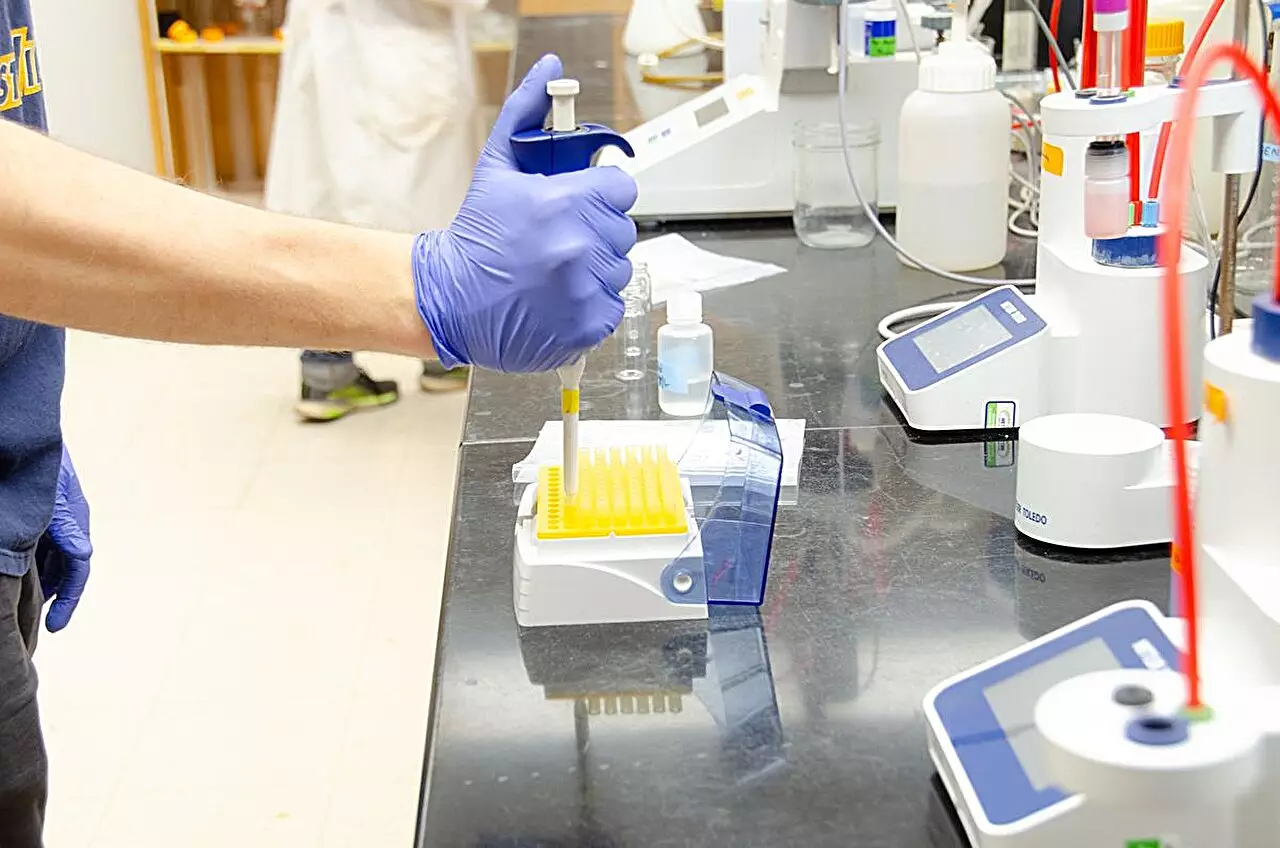Water scarcity and the need for sustainable water management practices have become pressing issues worldwide. Industries, such as thermoelectric power generation and hydraulic fracturing, are known for their high water usage, contributing to the problem. However, researchers from West Virginia University have developed a promising solution to address this issue. By utilizing two types of industrial wastewater, cooling tower blowdown and produced water, in a cotreatment process, they have demonstrated the potential to significantly reduce water consumption in power plants. This article delves into the study conducted by the researchers and highlights the benefits and advantages of this innovative approach.
The United States’ thermoelectric power generation industry is the largest consumer of water among all industries. This excessive water usage poses environmental and economic challenges. Hunter Barber, lead author of the study, emphasizes the need for a more sustainable approach to water management in power plants. According to Barber, their cotreatment process not only reduces the demand for chemicals but also generates treated water that can be reused, potentially making up 99% to 100% of the original volume of blowdown water.
Traditional power plants draw fresh water from surface or groundwater sources, utilize it in power generation processes, and discharge it back with minimal treatment. The researchers’ approach aims to close this water cycle by treating and recycling the water instead of discharging it. This shift in perspective redefines the way power plants operate, transitioning them towards a more sustainable and closed-loop system. By reusing treated water, power plants can significantly reduce their reliance on freshwater sources.
Transforming Produced Water into a Valuable Resource
The cotreatment process also addresses the issue of produced water, which is the largest wastewater byproduct in the oil and gas industry. One common method of handling produced water is injecting it back into the earth, but this approach carries various risks, including seismic activity and contamination. Professor Lian-Shin Lin, a co-author of the study, emphasizes that treating or disposing of produced water is challenging and expensive. However, the cotreatment process offers a solution by effectively managing produced water and recovering valuable resources from it, ultimately eliminating the produced water problem for the energy industry.
To ensure the practicality and viability of the cotreatment concept, the researchers conducted process modeling and experimental simulations. Fernando Lima, an associate professor working on the project, highlights the importance of techno-economic and environmental analysis to integrate this process into power plants and other wastewater treatment solutions. These simulations allow for the optimization of both economic and technical aspects, enabling power plants to fully leverage the benefits of wastewater cotreatment. The collaboration between process modeling and experimentation is vital for the future of wastewater treatment, as it provides a detailed understanding of complex water chemistries involved in cotreatment processes.
Power plants considering the implementation of wastewater cotreatment can expect numerous benefits. Barber points out that by becoming self-contained, power plants no longer rely on external water sources. This self-sufficiency eliminates potential economic consequences associated with discharging water that does not meet regulatory standards. Instead, they can utilize the waste to create value and cost-effective solutions. The model developed by the researchers showcases the upside for power plants and offers a more sustainable alternative for wastewater management.
The innovative cotreatment process developed by researchers at West Virginia University has the potential to revolutionize water management in power plants and other industries with high water demand. By utilizing cooling tower blowdown and produced water in a synergistic process, water consumption can be significantly reduced. The cotreatment process not only generates reusable water but also addresses the challenges posed by produced water in the oil and gas industry. Through process modeling and collaborative research, the researchers have laid the groundwork for scaling up and optimizing this solution. With the implementation of wastewater cotreatment, power plants can achieve water conservation, economic benefits, and environmental sustainability in one fell swoop.


Leave a Reply